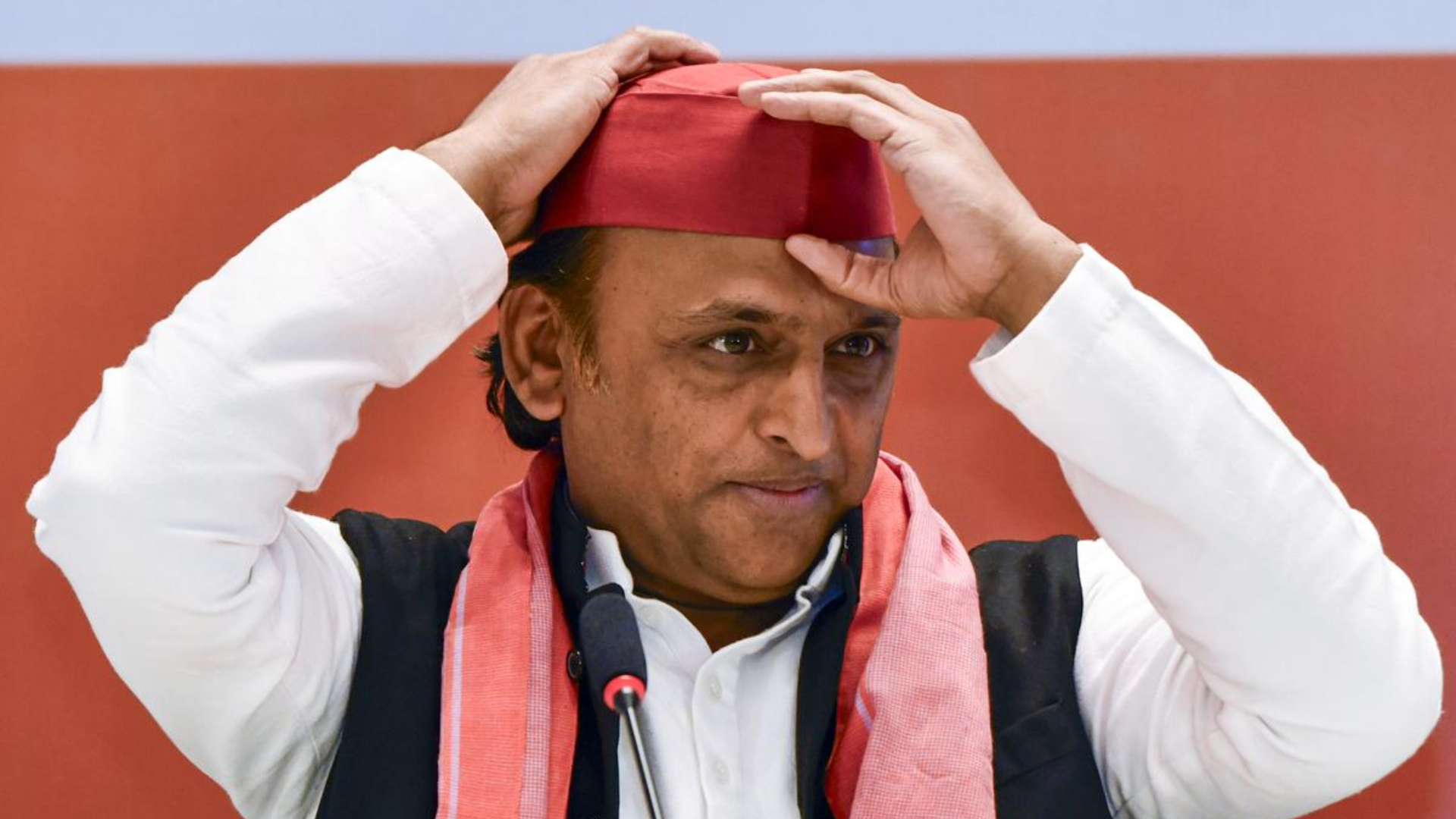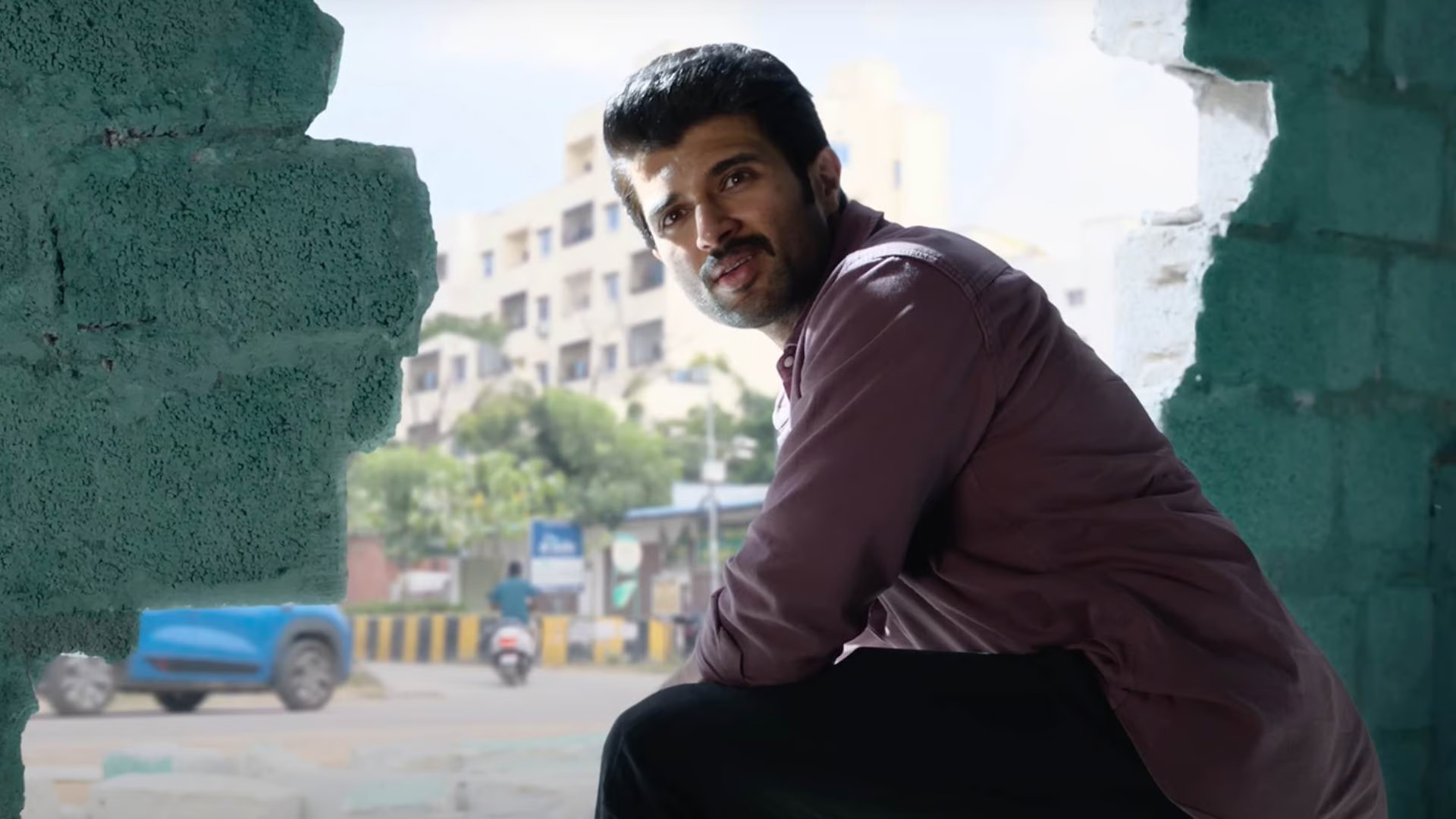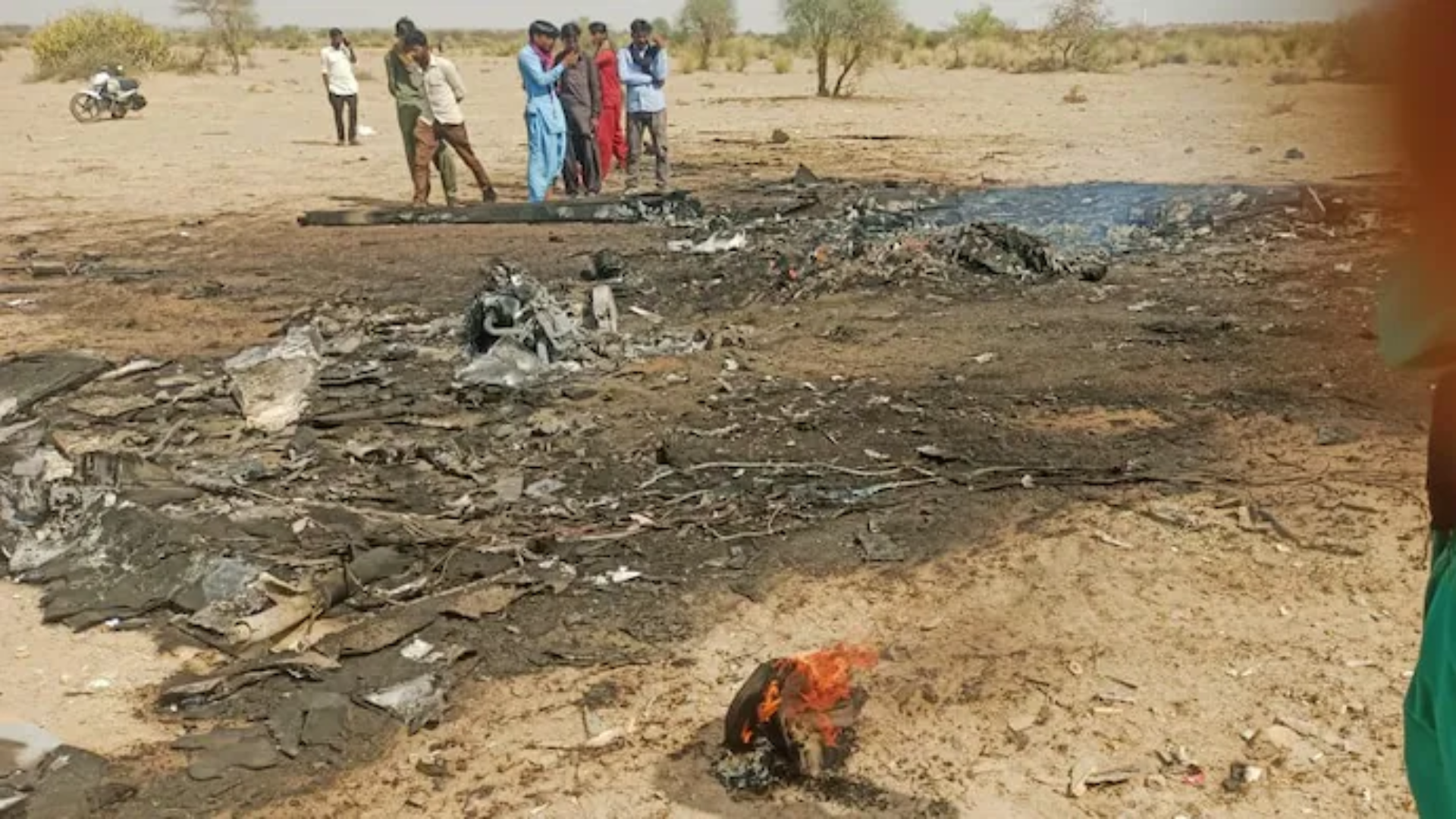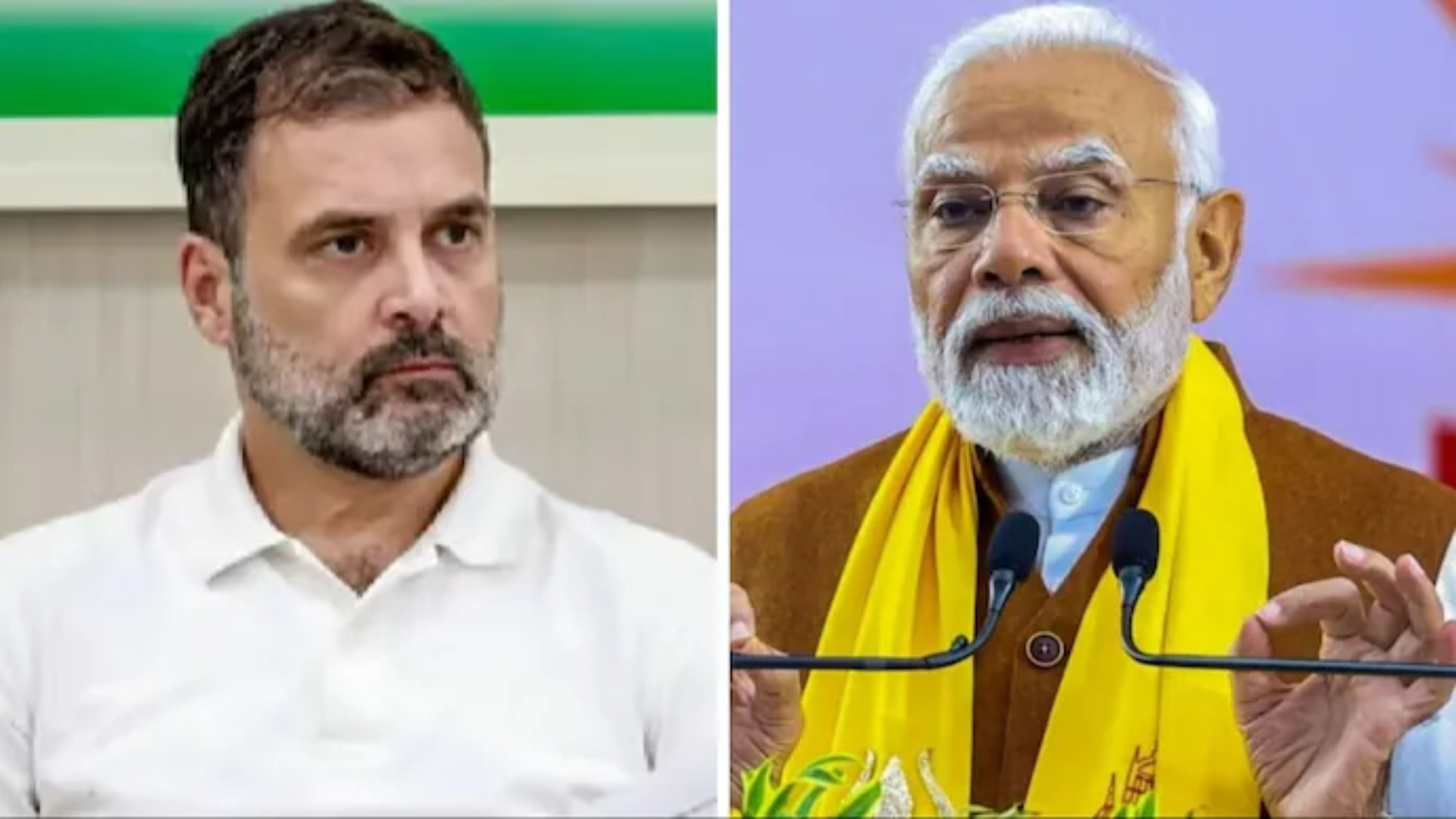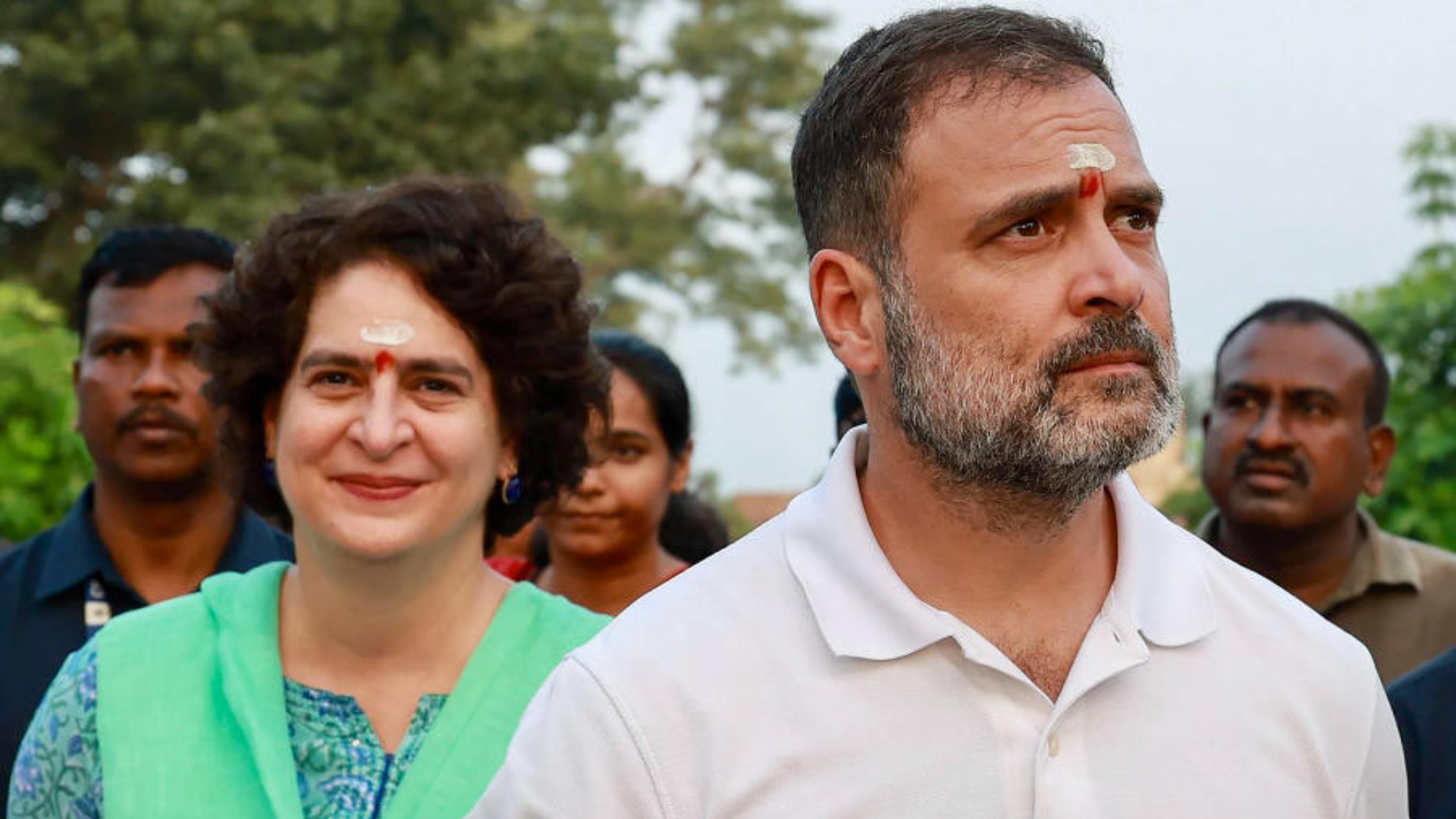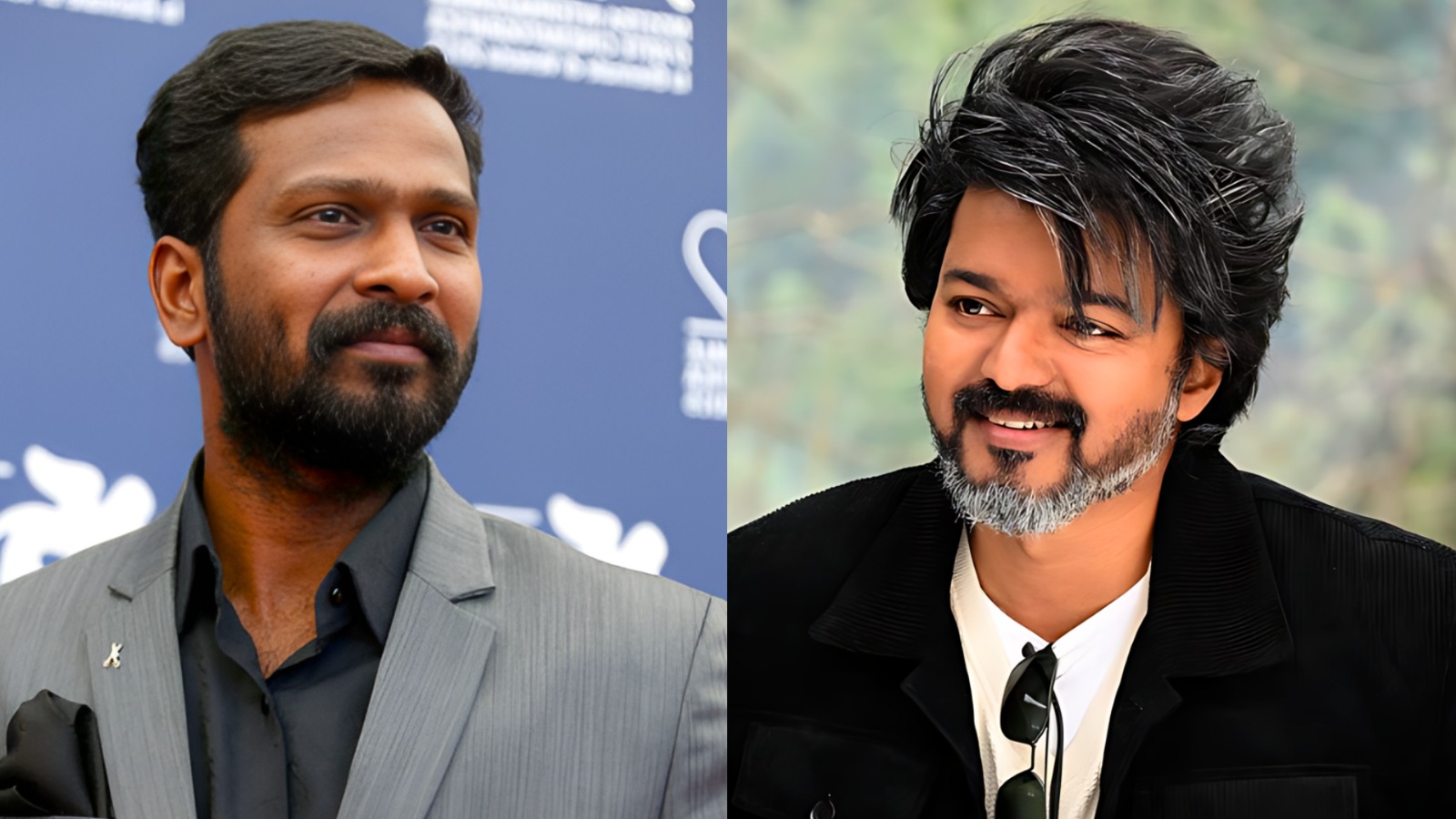


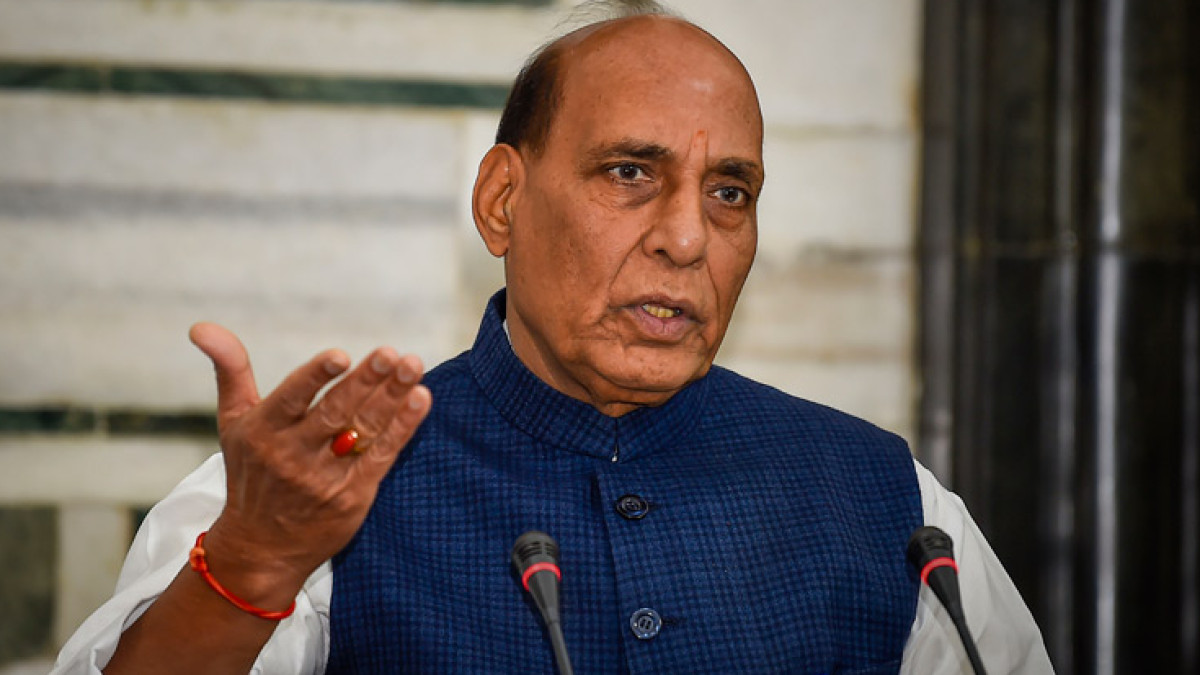
India published a new list of 780 components and subsystems that will be subject to a phased import ban between December 2023 and December 2028, with the latest push covering items used in fighter planes, trainer aircraft, helicopters, submarines, and tanks.
The latest list was approved by Defence Minister Rajnath Singh in order to reduce imports by defence public sector undertakings and achieve Aatmanirbharta (self-reliance) in the defence manufacturing sector, according to a statement from the ministry.
This is the third list of “important line replacement units (LRUs)/subsystems/components” subject to import restrictions. It follows the publication of two similar lists by the government in December 2021 and March 2022.
“These lists include 2,500 items that have already been indigenised and 458 items that will be indigenised within the timeframes specified.” So far, 167 items have been indigenous out of 458, according to the defence ministry.
The indigenous development of these subsystems and components will boost the economy, reduce DPSU import dependence, help harness the design capabilities of the domestic defence industry, and position India as a leader in these technologies, according to the report.
Among the components and subsystems sought to be manufactured locally are several items for Sukhoi-30 and Jaguar fighters, light combat aircraft, and Dornier-228 planes; multiple systems for submarines; and T-90 and Arjun tank equipment.
The previous list, published in March, included subsystems for weapons and platforms that India imports from Russia, such as T-90 and T-72 tanks, BMP-II infantry combat vehicles, warships and submarines, and anti-tank missiles.
The bedrock of India’s military capabilities is Russian-origin equipment, which includes fighter jets, transport planes, helicopters, warships, submarines, tanks, infantry combat vehicles, multi-rocket systems, rifles, and even shoulder-fired missiles.
In recent years, the government has taken several steps to increase self-reliance, including increasing foreign direct investment (FDI) in defence manufacturing, establishing a separate budget for purchasing locally manufactured military hardware, and notifying lists of weapons, equipment, and sub-systems that cannot be imported.
According to former director general of military operations Lieutenant General Vinod Bhatia (retd), India is making planned, steady, and focused progress toward Aatmanirbharta in the defence sector, and several projects have been sanctioned for the local industry.
Read more: Govt bans export of wheat flour, maida, semolina to curb rising prices



